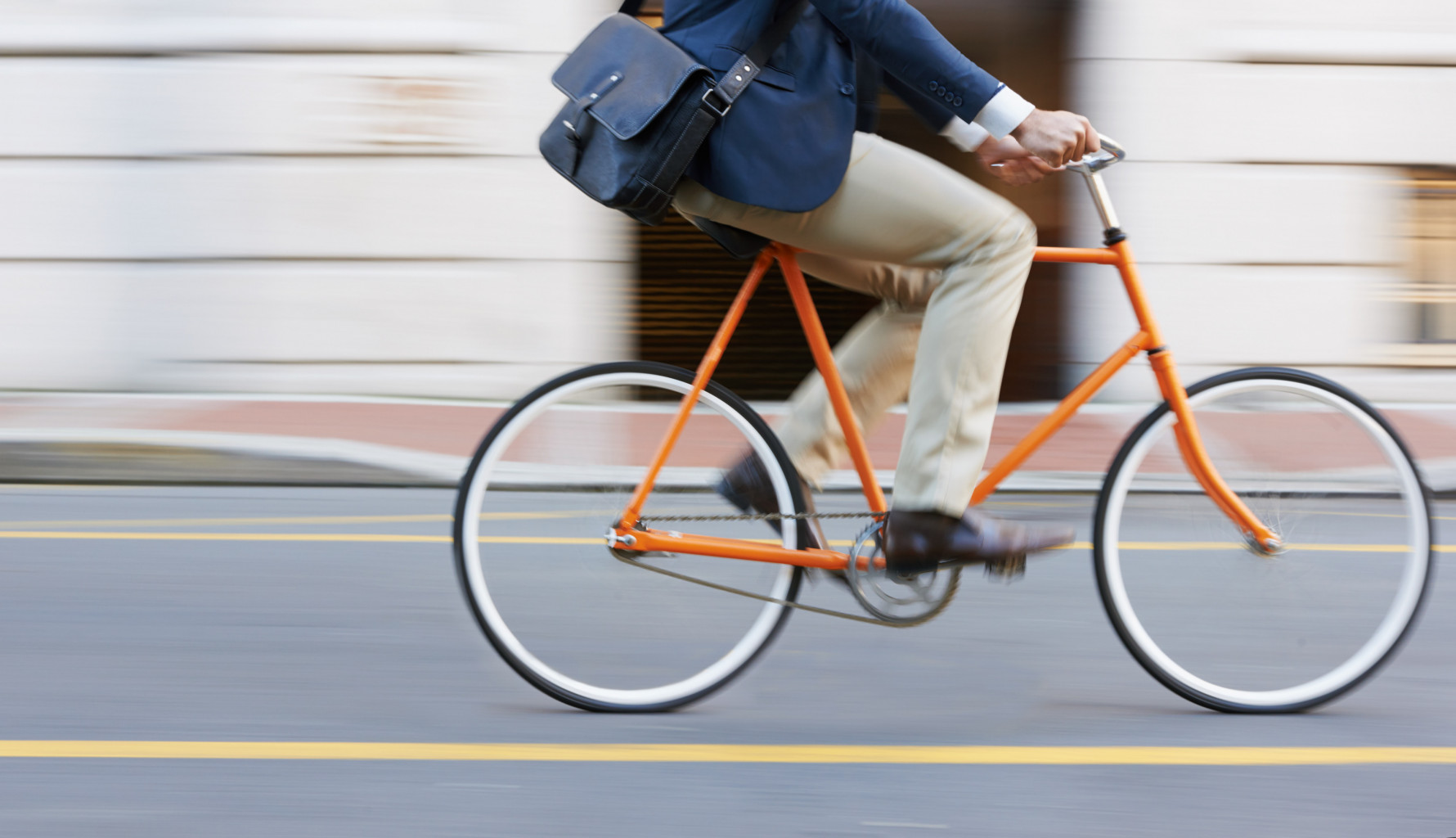Washington is a bicycle-friendly state with maps of scenic rural routes and bike paths throughout major urban areas. It was also the first state to initiate a U.S. bicycle route. According to the League of American Bicyclists, Washington is the country’s number-one bicycle-friendly state. Despite that status, Washington recently reached a 20-year high for bicycle accident deaths. Bicycle accident injuries in Washington have increased by 28 percent in the last decade.
Just as motorists, bicyclists in Washington must follow traffic laws and take all reasonable measures to avoid an accident. However, unlike drivers, bicyclists aren’t required to take tests proving their familiarity with Washington’s biking laws. Bicycling is a fitness-friendly family activity as well as an eco-friendly means of transportation, but before you climb on a bike in Washington, it’s important to know the state’s biking laws, including all requirements, rights, and responsibilities.

In order to promote bicycle safety in Washington, the state has the following specific requirements for bicycle equipment:
The CDC recommends all bicyclists wear helmets to reduce the risk of traumatic brain injuries and death. Also, by failing to wear a helmet, an injury victim may not be able to recover full compensation for an injury, even if the accident was caused by someone else.
Keep in mind that if you were involved in a bicycle accident, contact our bicycle accident attorney in Seattle. We will fight for the compensation you deserve.
Under Washington’s RCW 46.61.755, the law states:
“Every person riding a bicycle upon a roadway shall be granted all of the rights and shall be subject to all of the duties applicable to the driver of a vehicle..”
Cyclists bear the same responsibilities and enjoy the same rights as motor vehicle operators and also may receive traffic citations for violating traffic laws. Under the law in Washington, the following rules apply to bicyclists:
Basically, in Washington, bicycles are considered vehicles on the road and pedestrians on the sidewalk. Some local ordinances prohibit bicycles from sharing sidewalks with pedestrians so it’s important to learn about local laws for your area.